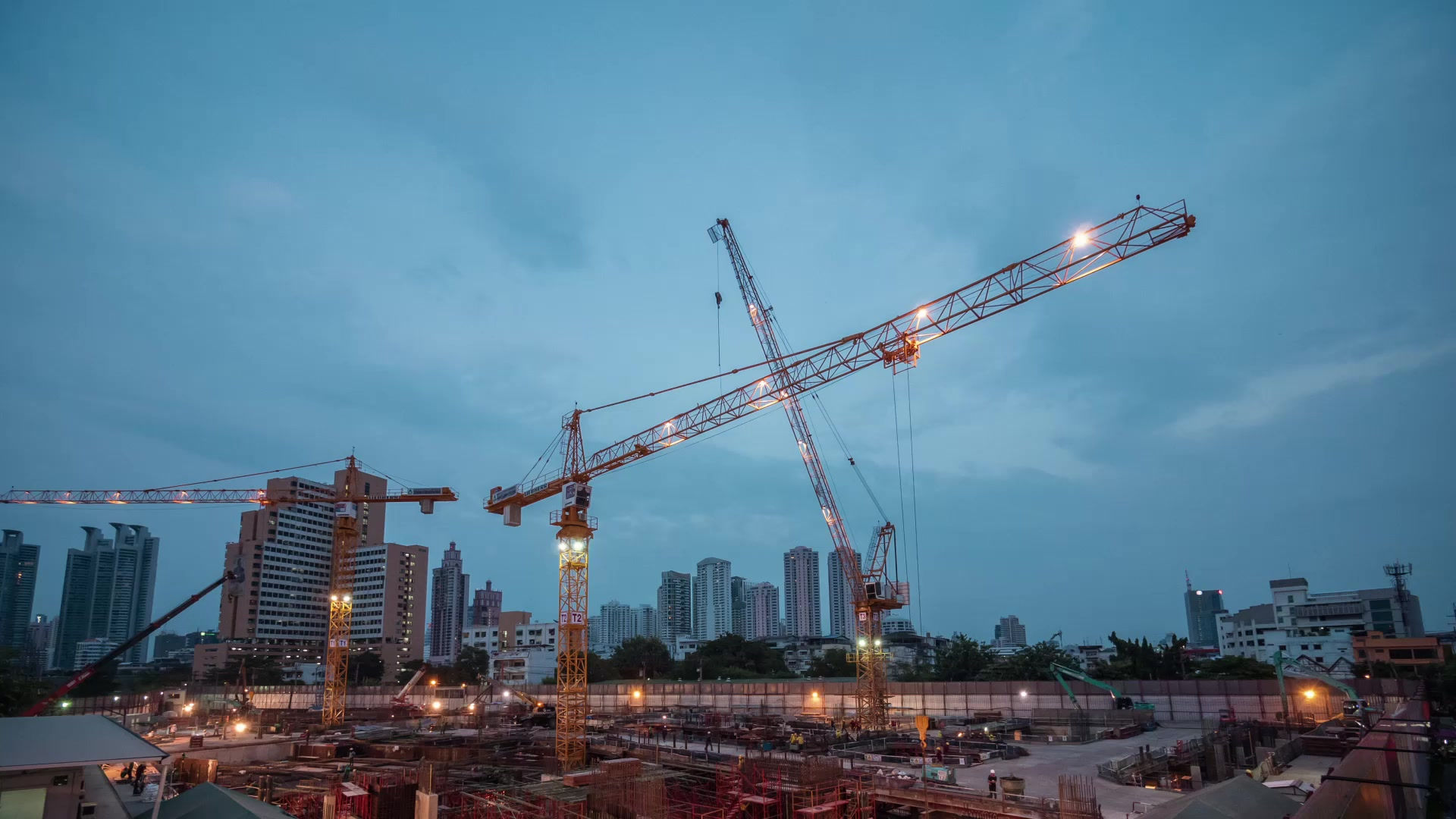Stages in a Detailed Project Engineering Report
- Abhik Dasgupta

- Apr 9, 2024
- 4 min read

Good transportation systems have been the lifeline to the area they serve. Roads bring about all-round development in the region. A good road network helps in the success of all development activities, be it in the sphere of movement of people and goods, agriculture, commerce, education, health, and social welfare, or even maintenance of law and order and security.
Preparation of highway project involves a chain of activities - field surveys and investigation, selection of alignment, carrying out various designs, preparation of drawings and estimates etc. To be technically feasible and economically viable it is essential for every project to be taken after thorough investigations/ surveys, collecting all relevant information and evaluating all possible alternatives. The extent and quality of these investigations/ surveys highly influence the design cost-effectiveness and project execution itself - so their accuracy and completeness needs to be specially attended to. The Consultants engaged in project preparation are required to hire the right experts with adequate knowledge along with usage of modern instruments/ survey techniques which renders precision in work and also save time. For a project to be successful in terms of cost-effectiveness, orderly schedule of tasks and timely completion investments need to made through earmarking of adequate funds for carrying out such preliminary activities. The project should be comprehensive enough for technical, administrative, financial sanction and proper appreciation of proposals.
The stages involved in preparation and sanction of a highway project:
Pre-Feasibility Study
Feasibility Study/ Preliminary Project Report
Detailed Engineering/ Construction Plan
For externally funded and BOT projects it maybe necessary to prepare a Pre-Feasibility report for appreciation of broad features of the project, levels of financial involvement and probable returns on the part of a funding agency/ private financier. In such projects financial analysis with different financial scenarios must be presented. The financial analysis may contain cash flow estimates, minimum construction period and explore revenues including tolls. This may be done on the basis of:
Reconnaissance Surveys
Approximate Cost Estimation
Economic Analysis
The Feasibility Study intends to establish whether a project is sound in engineering design and whether it would meet the benefits expected for the investments involved. Feasibility Report (FR) enables a funding agency viz. Highway Departments / P.W.Ds in our country to give Administrative Approval (AA) for the project. In case of international funding the FR serves as a basis for entering into negotiations with the funding agency and concluding an agreement for loan.
Detailed Engineering covers:
Detailed Alignment Surveys
Soil and Material Surveys
Pavement Design Studies
Drainage Studies
Environment Impact Assessment Studies
Detailed Drawings
Implementation Schedules
On the basis of Detailed Engineering Report (DPR) Technical Approval (TA) and Financial Sanction (FS) are given.
The economy of a region is closely related to it's transport infrastructure. The justification for a highway project depends on the economic activities in a region and their growth potential as a result of the project. The traffic growth on roads is dependent on inter-relationship between traffic demand and certain economic factors. A survey of economic profile is thus an important part of road project preparation. Economic profile data is collected at two levels - i) Region or State and ii) Project Influence Area (PIA).
Feasibility Study Report essentially consists of the following components in three volumes:
Volume One: Main Report
Executive Summary
Regional/ State Socio-economic profile
Socio-economic profile of PIA
Methodology adopted for the studies
Traffic Surveys and analysis
Engineering Survey investigations and analysis
Project road description and improvement proposals
Environmental Impact Assessment (EIA)
Resettlement & Rehabilitation Action Plan
Project Cost Estimates including L.A. costs
Economic Analysis
Conclusions and Recommendations
Volume Two: Design Report
Project road Inventory
Engineering Survey and Investigation data
Design Standards and Specifications
Pavement and Bridge Design
Volume Three: Drawings
The FR may suggest different alternative road alignments and alternative pavement designs for deciding the most suitable option.
The FR must examine the feasibility of stage construction in the light of rate of growth of traffic and other relevant parameters
The project implementation programme involving the following must be drawn up and presented in the form of Bar Chart:
Pre-qualification
Bidding
Construction Supervision
Contract Management
The following Acts need due consideration in preparation of road project:
Environmental Protection Act, 1986
Wildlife Protection Act, 1972
Forest Conservation Act, 1980
Prevention and control of Water Act, 1981(Amended 1987)
Prevention and control of Air pollution Act, 1981(Amended 1987)
Coastal Zone regulations
The Economic Analysis must be based on Current Costs. The following models may be referred to for details of procedure:
IRC:SP-30
HDM III
RTIM III
Detailed Project Report (DPR) essentially consists of the following components in three volumes:
Volume One: Main Report
Executive Summary
Introduction
Socio-economic profile
Traffic Surveys including traffic forecasts
Engineering Surveys and investigations including proposed road features
Pavement Studies
Design Standards and Specifications
Drainage facilities including CD Structures
Environmental and Social conditions including Rehabilitation & Resettlement
Materials, Labour and Equipment
Rates and Project Cost Estimates
Economic Analysis and Financial Analysis
Construction Programme
Miscellaneous
Conclusions and Recommendations
Volume Two: Design Report
Project road Inventory
Engineering Survey and Investigation data
Design Standards and Specifications
Pavement and Bridge Design
Volume Three: Drawings




Comments